Roasted asparagus feels like a delicacy, but it is actually a perennial vegetable that's grown widely in North America.
The long stalks with tender spiraled tips always used to seem exotic to me, until I realized it grows where I live in New York.
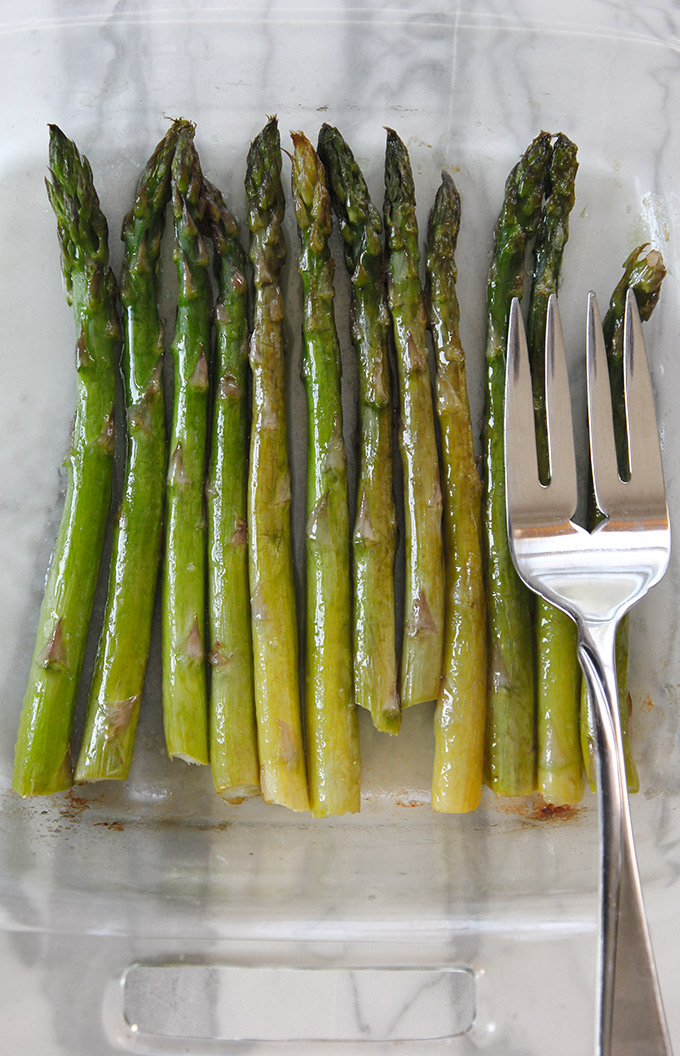
Perhaps my sense of asparagus being a delicacy is due to its short seasonality.
Asparagus also has a short shelf life, so it doesn’t travel so well from far flung places (as so much of our produce does) to give us the impression that it’s always in season.
There has been just too many times when my asparagus tips have gone rotten to count.
Still, retailers always manage to have it available for the holidays, and that is why I am posting this Roasted Asparagus recipe now.
Asparagus is worth the effort to obtain. It is a treat to enjoy its bright, tender grassy taste. You could say its rarity makes it precious.
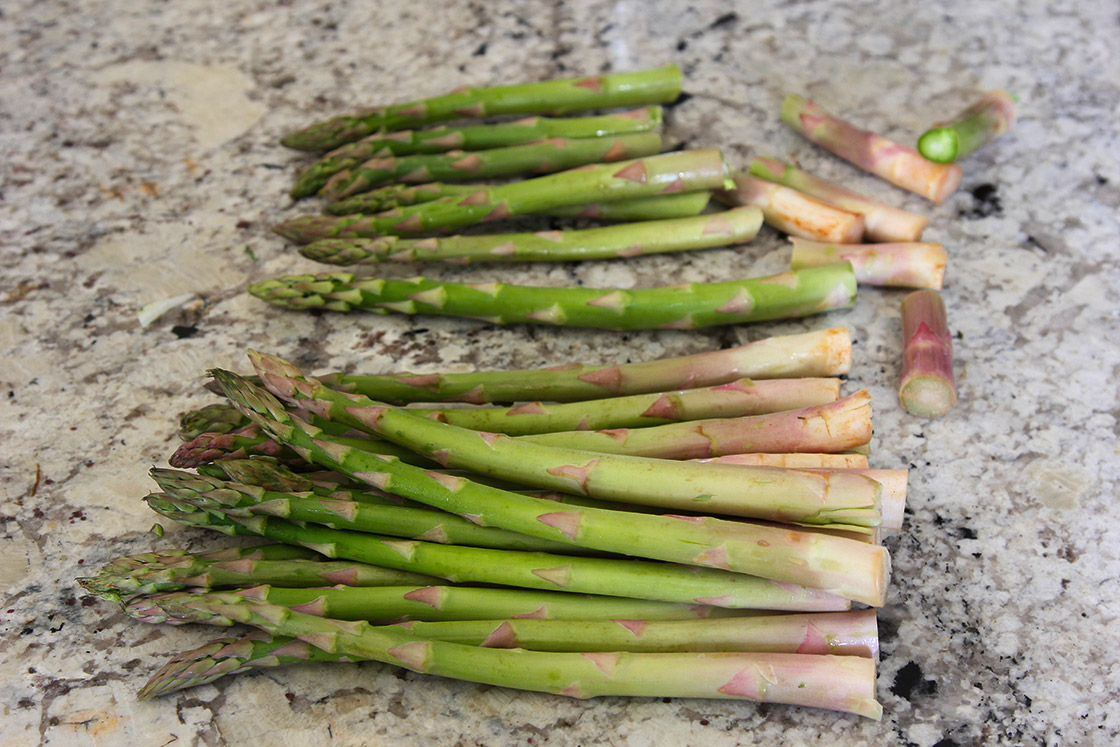
Now let's move on to what asparagus looks like in the ground.
Imagining Asparagus Fields
Once I learned you could grow asparagus in New York, I also got to thinking how that would look.
For two years now, I have cultivated my own backyard garden. Having never had a garden before, everything that I have grown has been an exploratory affair.
What does the seed look like? What do the stages of growth look like? When, and how, do I harvest? How long does it take to reach maturity? What happens when the plant is past its prime and goes to seed? Nature’s cycles, and so on.
I am not sure if you are familiar with the complexity of growing things?
(Don’t let anybody ever tell you gardening is simple.) Every plant has its own requirements; its own quirks. And that brings me to the asparagus, which I have not tried growing yet, but just might.
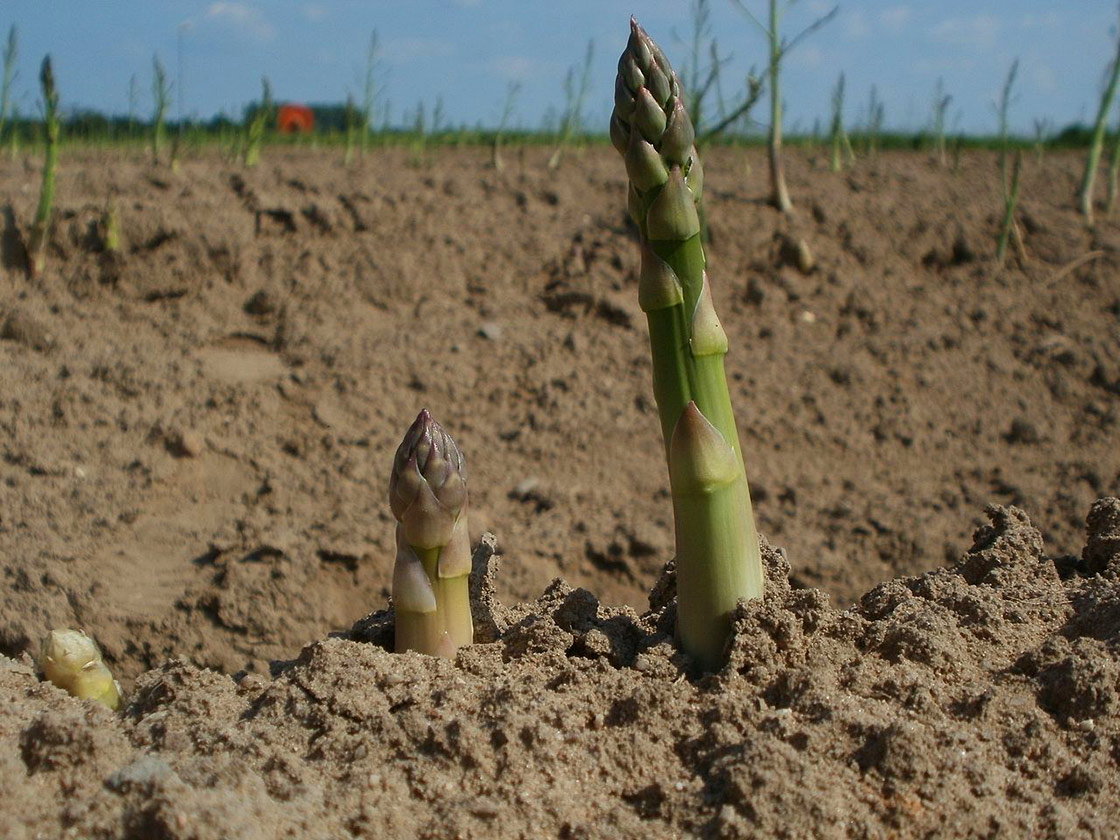
Asparagus Diaries
According to Modern Farmer, “planting a bed of asparagus is a once-in-a-generation affair.” Imagine that! Once you get this notoriously difficult plant established in a place, it will keep producing yearly for a generation.
That is super cool! It makes me want to “invest” in planting asparagus so I’ll be set for life—hahah.
But seriously. Have you ever seen asparagus growing? Have you ever thought about how it’s grown? Apparently it is one of the most difficult plants to start from seed, so most growers leave that to the professionals. They purchase, and plant roots that are already one year old.
Then in year two, there is still little to harvest because the asparagus propagates through underground roots, and these need time to develop.
But here is the craziest thing. Any unharvested asparagus shoots (what we call spears), will grow into two to three foot high towers of foliage. It kind of looks like dill how lacy the foliage is. But that’s crazy!
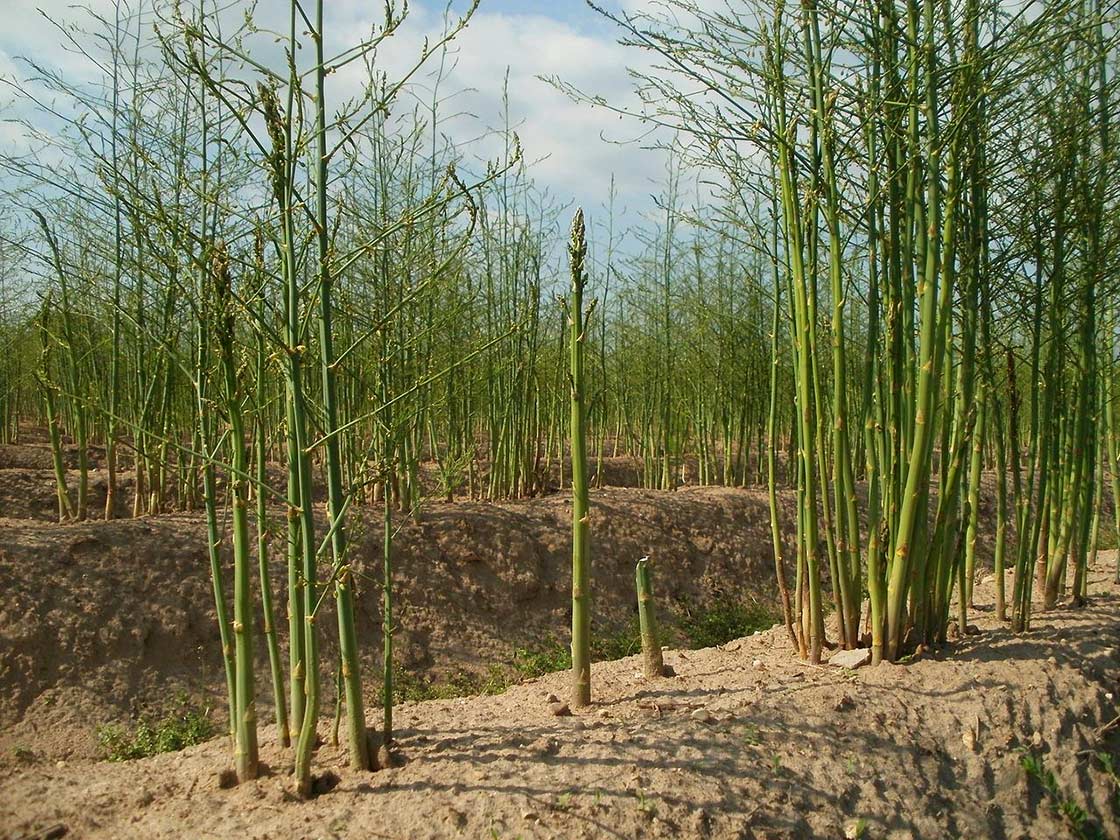
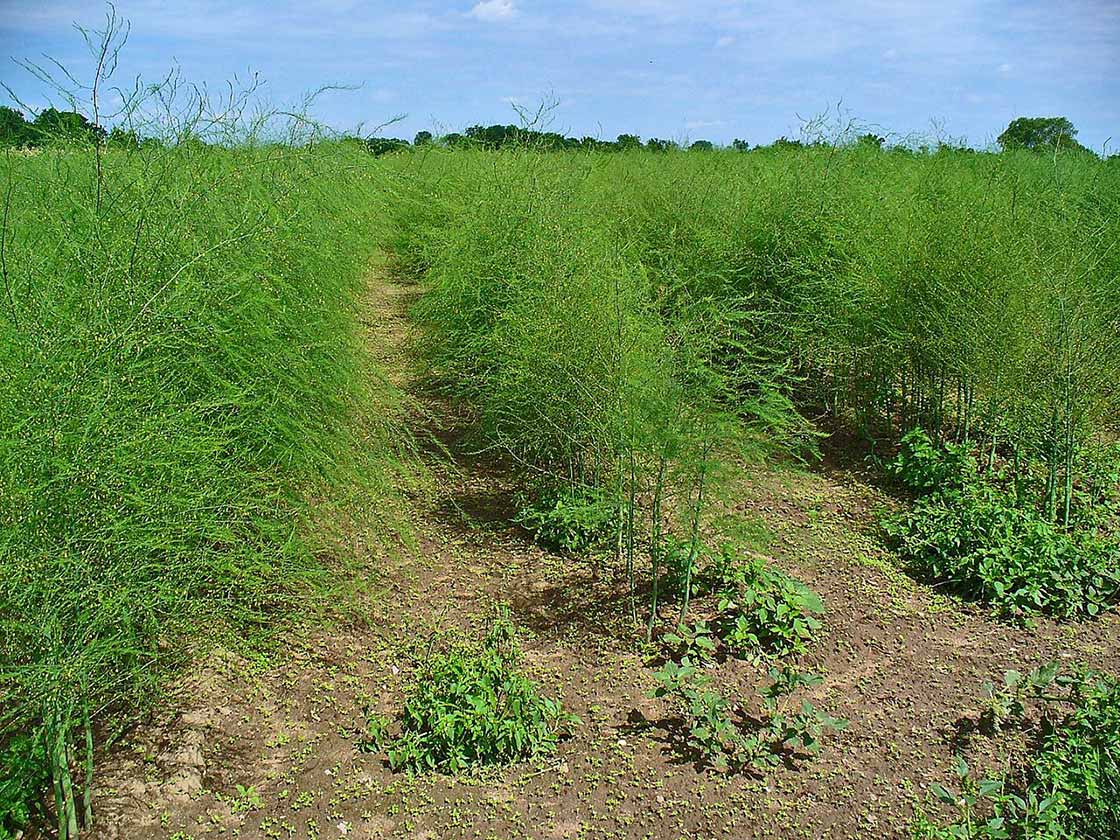
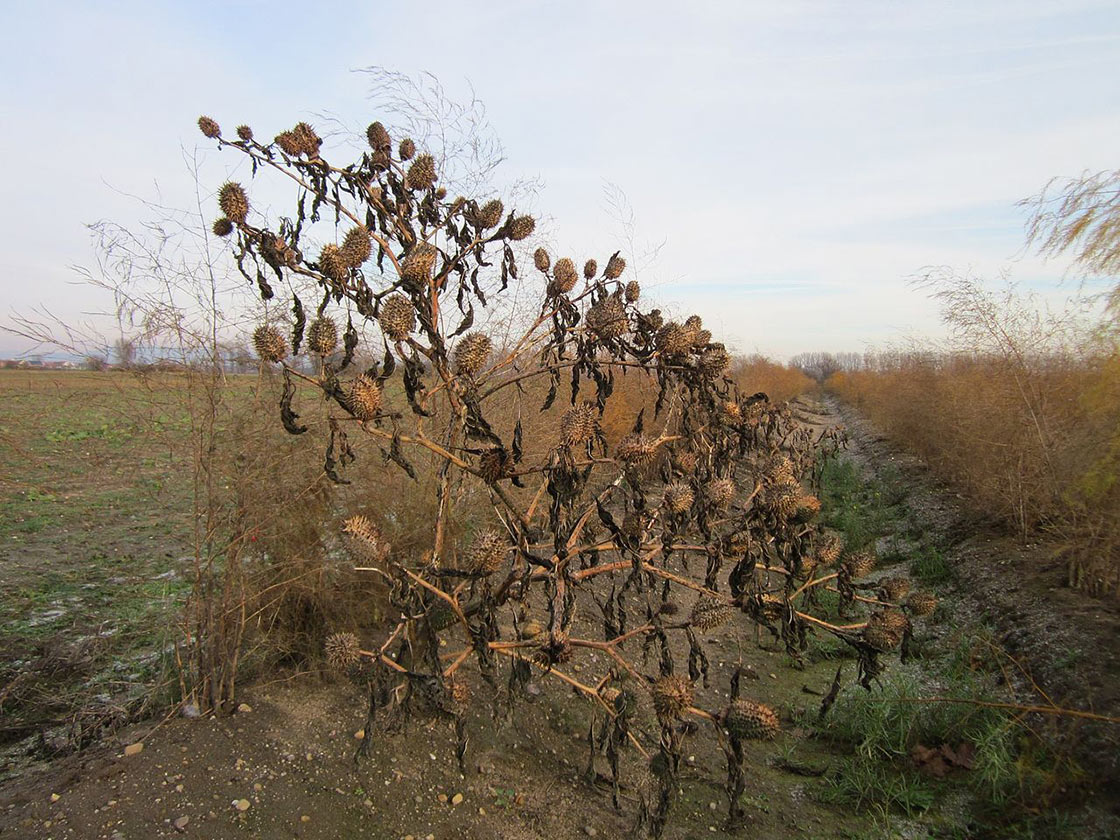
The asparagus is allowed to grow that big—not to eat—but to ensure it develops more of its root system and comes back with even more edible shoots the following year.
They say by year three you'll be in business with asparagus for about six weeks of harvest each year for a generation.
Hmmm … shall I give it a try? Will you?
In the meantime, let’s eat Roasted Asparagus! This, I don’t have to think about. The recipe for Roasted Asparagus is below.

Roasted Asparagus
Ingredients
- 12 asparagus spears
- 1 tablespoon olive oil
- ¼ teaspoon Himalayan pink salt
- a couple wedges fresh lemon
Instructions
- Preheat oven to 375 degrees Fahrenheit.
- Prep the asparagus by breaking off the root end at its natural break point. To find the break point, hold the asparagus spear in both of your hands and gently bend the stalk. The root end is usually hard and woody. As it gets closer to the tip the spear, it becomes firm and good. You want to find where that transition from hard to firm is, and break the spear right there. Discard the ends.
- Wash the prepared asparagus and pat dry with a clean towel. Place the asparagus on a baking try. Drizzle with olive oil and sprinkle with salt. Rotate the spears on the tray with your fingers to evenly coat them.
- Bake the asparagus for about 8 minutes on your oven’s bottom rack, until the spears are caramelized on the bottom. The browning adds flavor. The trick here is to get the caramelization without overcooking the asparagus. I don’t like to cook at high temperatures unless I absolutely have to, because high temperatures negatively affect the healthy qualities of the olive oil. 375 is high, but not too high. When done, the asparagus should still still be slightly firm.
To serve
- Serve warm with extra finishing salt, and drizzled with fresh lemon juice. Finishing salt is flake salt, the most popular brand being Maldon brand salt, but there are others. Asparagus is fantastic with salt and lemon, and makes a great vegetables side dish, particularly with potatoes or other root vegetables.
Nutrition
Did you make this recipe? Let me know your thoughts in the comments below.
For more Buttered Veg lifestyle content, follow me on Pinterest, Facebook, Instagram, and Twitter.
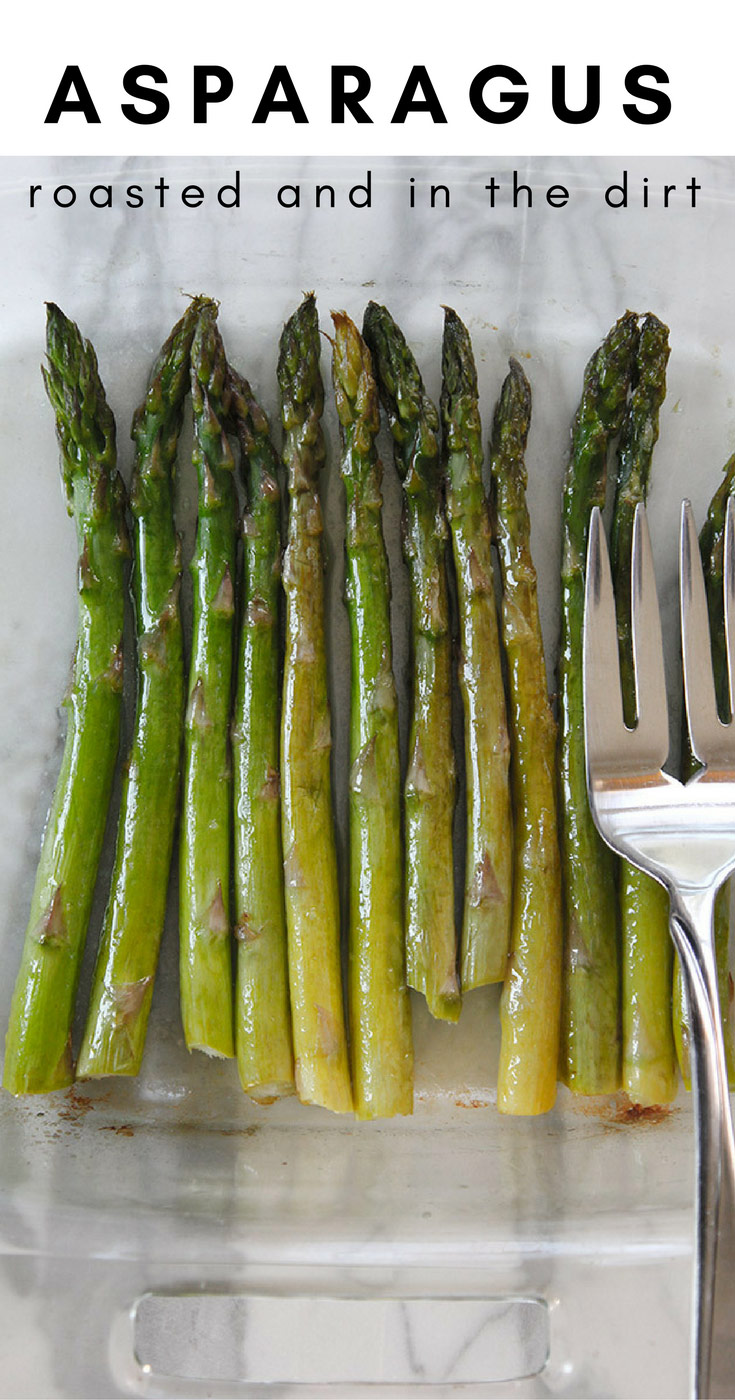



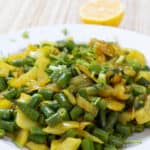
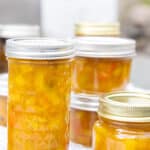



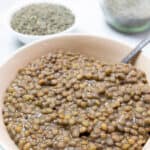
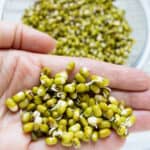
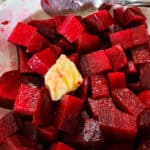


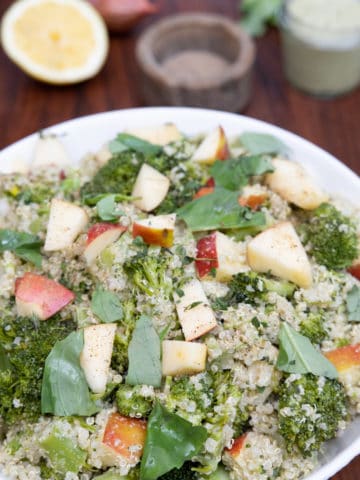
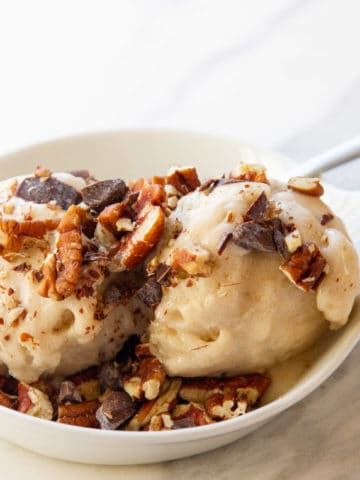
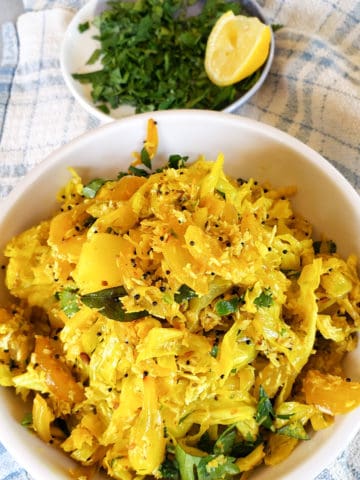
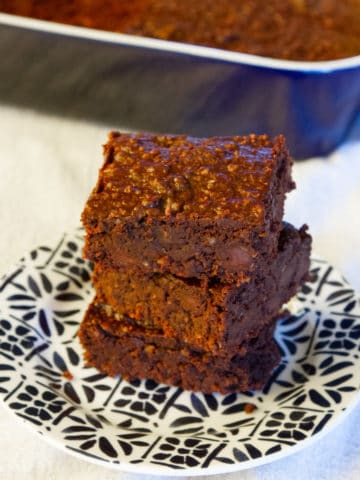
Ella Wilson
Asparagus is an individual from the Lily group of plants and is a genuine test to grow naturally, on an extensive scale, yet in the event that you keep your plot little and contained, you may have better fortunes then numerous huge scale producers. The fundamental issue is that it doesn't have the thick foliage of a product like a rhubarb that effectively stifle weeds so in the beginning times it must be hand weeded.
Andrea
Hi Ella, Thanks so much for your opinion on growing asparagus. Sounds like you have some experience. If I decide to grow it (haven't quite finished my garden plan for this year), I would be using about 12x3 feet of space. I'll take your advice to hand weed. But one thing I am unsure. Do you think I can have success? What are the misfortunes you speak of?